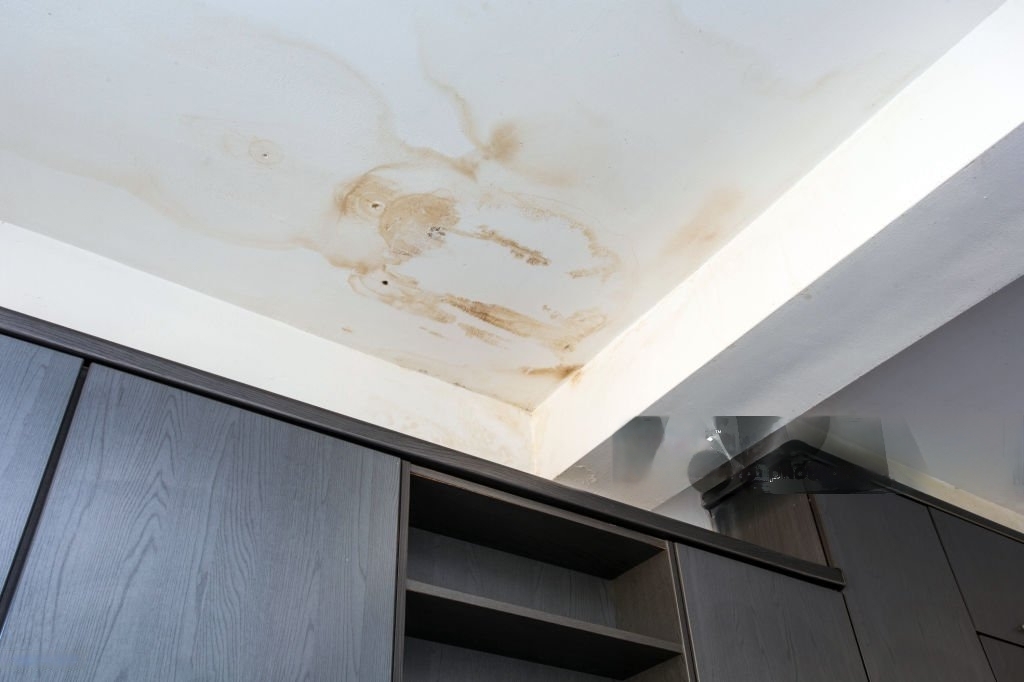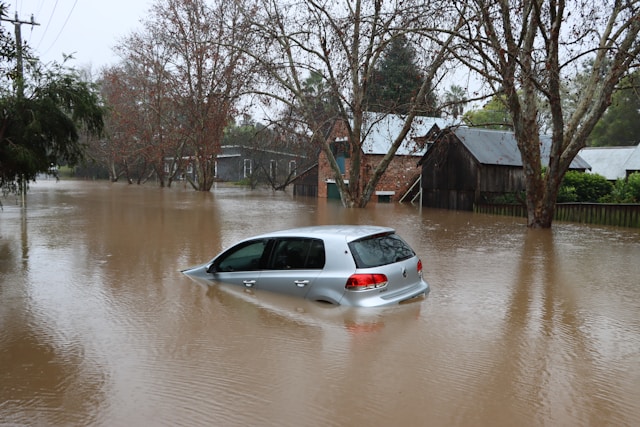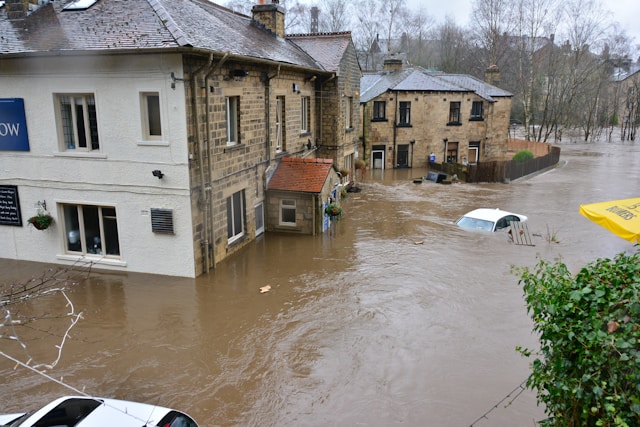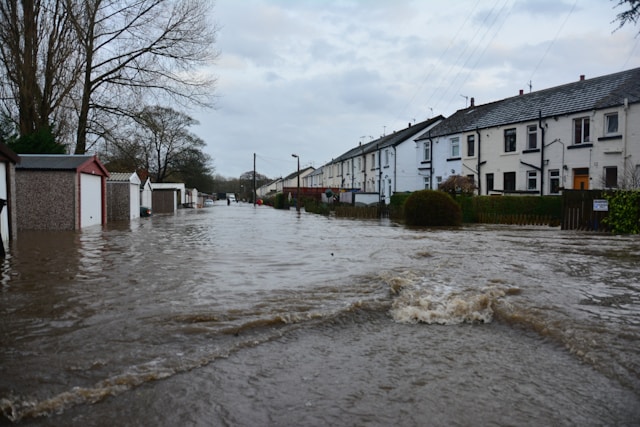Water damage can be a costly and stressful experience for homeowners and renters alike. Whether it’s caused by a burst pipe, a leaky roof, or a natural disaster, water damage can wreak havoc on your property and belongings. Fortunately, many insurance policies cover water damage, but filing a claim can be a complicated process. In this article, we’ll provide some tips and guidance to help you navigate the water damage insurance claim process and get the coverage you need.
Understanding Water Damage and Insurance Coverage
Before filing a water damage insurance claim, it’s important to understand your policy’s coverage and limitations. Not all water damage is covered by insurance, and some policies may have exclusions or limitations on coverage. In this section, we’ll explain what types of water damage are typically covered by insurance and what to look for in your policy.
Preparing to File a Water Damage Insurance Claim
Filing a water damage insurance claim requires preparation and documentation. In this section, we’ll provide tips on what to do immediately after water damage occurs, how to document the damage and losses, and what information you’ll need to provide to your insurance company. We’ll also discuss the importance of taking steps to mitigate further damage and prevent mold growth.
Understanding Water Damage and Insurance Coverage
Water damage can be a major headache for homeowners, and it’s important to understand what your insurance policy covers. In general, most standard homeowners insurance policies cover sudden and accidental water damage, but not damage that is caused by maintenance issues or gradual damage.
Types of Water Damage Covered by Insurance
Sudden and accidental water damage refers to damage that occurs quickly and unexpectedly, such as a burst pipe or a leaking appliance. This type of damage is typically covered by home insurance policies.
Flood damage, on the other hand, is not typically covered by standard homeowners insurance policies. Homeowners who live in flood-prone areas may need to purchase separate flood insurance policies to ensure they are covered in the event of a flood.
Limitations and Exclusions in Home Insurance Policies
It’s important to note that even sudden and accidental water damage may have limitations and exclusions in home insurance policies. For example, some policies may not cover damage caused by sewer backups or water that enters the home from the outside due to heavy rain or flooding.
In addition, most home insurance policies do not cover damage that is caused by maintenance issues or gradual damage. For example, if a homeowner fails to repair a leaky roof and water damage occurs as a result, the damage may not be covered by insurance.
Understanding the limitations and exclusions of your insurance policy is key to ensuring you have the coverage you need in the event of water damage. Homeowners should review their policies carefully and consider purchasing additional coverage if necessary.
Preparing to File a Water Damage Insurance Claim
When it comes to filing a water damage insurance claim, preparation is key. By taking the right steps upfront, policyholders can help ensure a smoother claims process and increase their chances of receiving a fair settlement. Here are some tips for preparing to file a water damage insurance claim:
Documenting the Damage
The first step in preparing to file a water damage insurance claim is to document the damage. This means taking photos and videos of the affected areas and making a detailed inventory of all damaged items. It’s important to be as thorough as possible, as this documentation will be used to support the claim and determine the amount of compensation.
Mitigating Further Loss
After documenting the damage, policyholders should take steps to mitigate further loss. This may include turning off the water source, removing standing water, and drying out the affected areas. By taking these steps, policyholders can prevent further damage and reduce the overall cost of the claim.
Reviewing Your Insurance Policy
Before filing a water damage insurance claim, policyholders should review their insurance policy to ensure they understand their coverage and any exclusions or limitations. They should also take note of their policy details, such as their deductible and coverage limits, as this will impact the amount of compensation they receive.
Overall, by documenting the damage, mitigating further loss, and reviewing their insurance policy, policyholders can prepare themselves for a successful water damage insurance claim. It’s important to work closely with their insurance provider and agent, and to provide all necessary documentation and reports to support the claim.
Navigating the Claims Process
Filing a water damage insurance claim can be a stressful experience. However, understanding the claims process can help make it a smoother and less overwhelming experience. Here are some tips to help navigate the claims process.
Contacting Your Insurance Company
The first step in filing a water damage insurance claim is to contact your insurance company as soon as possible. Most insurance companies have a 24/7 claims hotline that you can call to report the damage. Be prepared to provide the following information:
- Policy number
- Date and time of the incident
- Location of the damage
- Description of the damage
Make sure to take pictures or videos of the damage, as this can help support your claim. Once you have reported the damage, your insurance company will assign an adjuster to your case.
Working with an Adjuster
The insurance adjuster will contact you to schedule an inspection of the damage. During the inspection, the adjuster will assess the damage and determine the cause of the water damage. It is important to be present during the inspection and to point out any damage that may have been missed.
If you are not satisfied with the settlement offered by your insurance company, you may want to consider hiring a public adjuster. A public adjuster works on your behalf to negotiate a fair settlement with your insurance company.
Understanding the Settlement and Payout Process
Once the adjuster has assessed the damage, your insurance company will provide you with a settlement offer. The settlement offer will include the amount of the payout, the deductible, and any exclusions or limitations in your policy.
If you accept the settlement offer, your insurance company will issue a payout. The payout will be based on the amount of damage and the coverage provided by your policy. If you have a mortgage on your property, your insurance company may issue the payout to your mortgage company.
In conclusion, filing a water damage insurance claim can be a complex process. However, by understanding the claims process and working with your insurance company and adjuster, you can ensure that you receive a fair settlement for your damages.
Dealing with Claim Issues and Disputes
Water damage insurance claims can be complicated, and sometimes disputes arise between policyholders and insurance companies. In this section, we will discuss some tips for dealing with claim issues and disputes.
When to Hire a Public Adjuster
If a policyholder is having difficulty negotiating with an insurance company, they may want to consider hiring a public adjuster. Public adjusters are professionals who can help policyholders navigate the claims process and negotiate with insurance companies on their behalf. They can also provide a second opinion on the insurance coverage and the value of the claim.
Negotiating with Insurance Companies
When negotiating with an insurance company, policyholders should be clear and concise in their communication. They should provide all relevant information and documentation to support their claim. It is also important to keep a record of all communication with the insurance company, including phone calls and emails.
Handling Claim Denials and Appeals
If an insurance company denies a claim, policyholders have the option to appeal the decision. They should review their policy carefully to understand the reasons for the denial and gather any additional information or documentation that may support their claim. If the appeal is unsuccessful, policyholders may need to consider professional help, such as hiring a lawyer or public adjuster.
In conclusion, dealing with water damage insurance claims can be challenging, but following these tips can help policyholders navigate the process and resolve any disputes that may arise.
Repair and Restoration After Water Damage
Water damage can be a stressful and costly experience for homeowners. Once the source of the water damage has been identified and addressed, it is important to prioritize the repair and restoration process. This section will provide tips on selecting a restoration company, managing repair costs and estimates, and preventing future water damage.
Selecting a Restoration Company
Choosing a reputable restoration company is crucial in ensuring that the repair and restoration process is done correctly. Homeowners should research and compare different restoration companies, read reviews, and ask for referrals from friends and family. It is also important to ensure that the restoration company is licensed and insured.
Managing Repair Costs and Estimates
Water damage repair and restoration costs can quickly add up. Homeowners should obtain multiple estimates from different restoration companies to compare prices and services offered. It is important to ask for a detailed breakdown of the estimate, including labor and material costs. Homeowners should also be aware of any hidden fees or charges.
Preventing Future Water Damage
Taking proactive measures to prevent future water damage can save homeowners time and money in the long run. Regular maintenance of plumbing and appliances can prevent water leaks and other plumbing issues. Homeowners should also consider installing a water detection system to detect leaks early on. Ensuring proper drainage and grading around the home can also prevent water from entering the home during heavy rain or flooding.
In conclusion, selecting a reputable restoration company, managing repair costs and estimates, and taking proactive measures to prevent future water damage can help homeowners navigate the repair and restoration process with confidence and ease.
Frequently Asked Questions
What steps should I take immediately after discovering water damage to ensure a smooth insurance claim process?
The first step is to contact your insurance company as soon as possible to report the damage. They will guide you through the process and provide you with all the necessary paperwork to file a claim. It’s also important to take photos and videos of the damage and keep any damaged items for inspection by the adjuster.
How can I document water damage effectively for my insurance claim?
To document water damage effectively, take clear photos and videos of the affected areas, including any damaged items. Make a list of all damaged items and their estimated value, and keep any receipts or invoices for repairs or replacements. It’s also important to keep a record of any conversations with your insurance company and adjuster.
What are common reasons for a water damage claim to be denied by insurance companies?
Water damage claims can be denied for various reasons, including lack of coverage, failure to report the damage promptly, inadequate documentation, and pre-existing damage. It’s important to review your policy carefully and report any damage as soon as possible to avoid claim denial.
In what circumstances is filing a water damage claim with my homeowner’s insurance advisable?
Filing a water damage claim with your homeowner’s insurance is advisable when the damage is significant and beyond your means to repair. It’s also advisable if the damage is caused by a covered peril, such as a burst pipe or a storm.
How can I negotiate with my insurance adjuster for a fair water damage claim settlement?
To negotiate with your insurance adjuster for a fair water damage claim settlement, provide clear documentation of the damage and the cost of repairs or replacements. Be prepared to negotiate and provide evidence to support your claim. You can also hire a public adjuster to represent you and negotiate on your behalf.
What are the best practices for maximizing the payout of a flood insurance claim?
To maximize the payout of a flood insurance claim, document the damage thoroughly and accurately, including any structural damage and damage to personal property. Hire a licensed contractor to provide an estimate of the cost of repairs and replacements. Submit your claim promptly and keep detailed records of all communication with your insurance company and adjuster.





